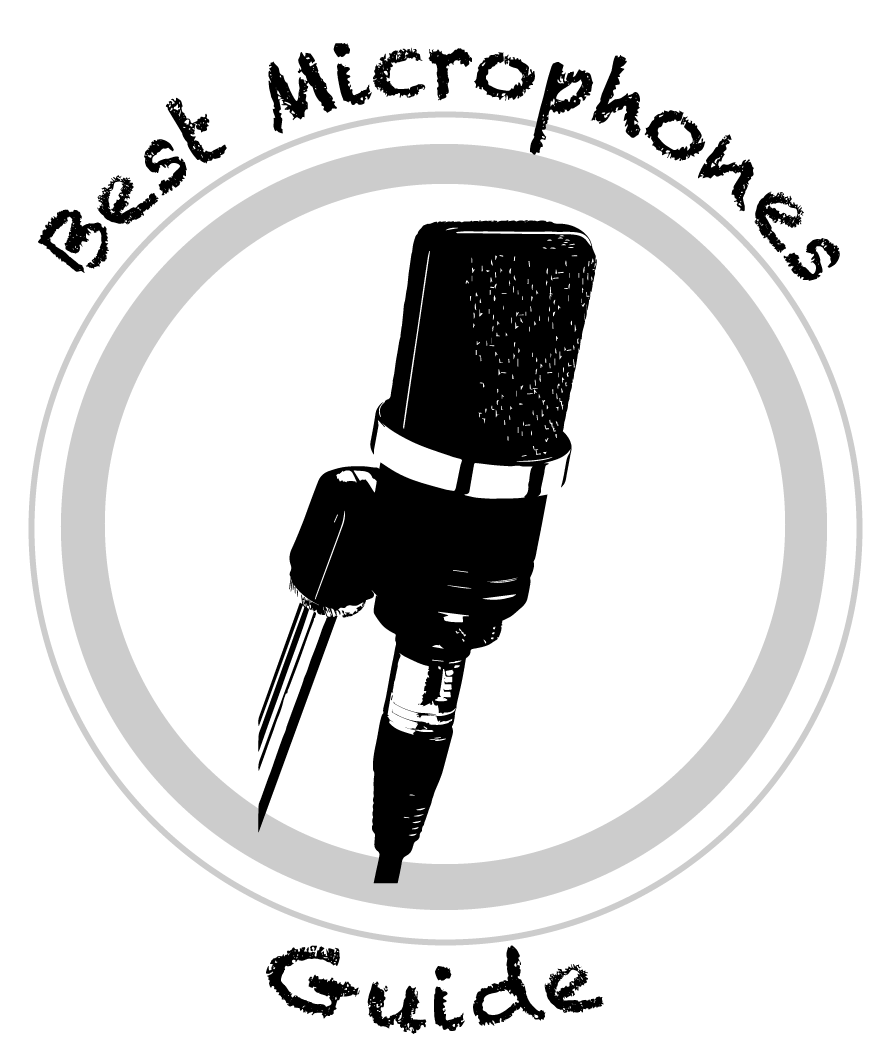The good news is you can achieve high quality recordings of acoustic drums in your home studio.
However, you may need to increase the number of microphones you own in order to do so.
Miking a drum set is the number one thing that might cause someone to significantly increase the number of microphones they own.
Other Factors to Consider
Before we get to the microphones, let’s first mention a few other factors.
- Does your drum set sound good? You may need to put on new drum heads or tune up your existing drum heads. Adjust whatever you are using to dampen drum heads and your kick drum to your liking. Make sure your kick drum pedal is working well. Overall, make sure your drum set is sounding good on its own.
- Does the room you are recording in have good acoustics? It will certainly be better if it does.
Audio Interface
One of the primary constraints on how many microphones you can use is your audio interface. How many microphones can it record at the same time? Many audio interfaces have only 2 or 4 inputs for microphones that can record at the same time.
If you have an audio interface that can record 4 microphones at the same time, then you can do the most basic drum mic set up that will sound good, the “Glyn Johns Method.” We will discuss this technique shortly.
If you have an audio interface that can record 8 microphones simultaneously, such as the Focurite Scarlett 18i20, then you will be able to do a more comprehensive job of miking your drumset. Professional music studios will use even more microphones to mic the drums, doing things such as miking the top AND bottom of the toms and snare drum.
So before you start buying microphones, you should consider what your audio interface can accommodate, and what your plan is for miking the drums. You can also consider upgrading your audio interface.
Miking Your Drumset With 4 Microphones – The Glyn Johns Method
Glyn Johns is a famous English recording engineer who worked with The Beatles, Led Zeppelin, The Who, The Rolling Stones, and many other famous artists. He was inducted into the Rock and Roll Hall of Fame.
During his career, he developed a method of recording drums using 4 microphones which is now referred to as the “Glyn Johns Method” or the “Glyn Johns Technique.” Glyn Johns developed this drum recording technique while working with Led Zeppelin, and it was used to record much of John Bonham’s amazing drumming.
The Glyn Johns Method utilizes one mic on the snare drum, one mic on the kick drum, and two overhead mics. The overhead mics will work best as a pair of large diaphragm condensers. Some possibilities on the more affordable side would be the Rode NT1 or the AT2035. Going up in price brings us to the Neumann TLM102 or the AKG C214. Another option would be small diaphragm pencil condenser microphones. An affordable option is the Samson CO2 Pencil Condensers. More expensive is the Shure SM81.
You would ideally mic the snare with a top snare drum mic such as the Shure SM57 or Sennheiser MD421-II, and mic the kick drum with a top kick drum mic such as the Shure Beta 52A, the AKGD112, or the Sennheiser E602. Both the snare and the kick drum would be miked in a standard fashion (snare drum mic slightly above the snare and pointing at the center of the snare and kick drum mic inside the kick drum moving it closer or farther from the drum head to taste) .
To set up the overhead mics, you will need a measuring tape.
Position the first overhead microphone 40 to 60 inches directly about the center of the snare drum, pointing straight down.
Position the second overhead microphone, which is not a true overhead as it is more off to the side, slightly to the right of the floor tom with the mic aimed across the tom directly at the center of the snare drum. This microphone needs to be exactly the same distance (whatever you chose in the 40 to 60 inches range) from the snare drum center as the other one to prevent phase issues. Make sure you measure to be sure!
There you have it the Glyn Johns Method! Now you can mic your drum set with just 4 microphones.
Miking Your Drumset with 8 Microphones
If your audio interface has enough inputs for microphones, you can next move up to miking your drumset with 8 microphones.
In this case, you would have 2 overhead mics, placed in a more regular overhead set up such as X-Y or spaced pair, 1 snare drum mic (such as Shure SM57 or Sennheiser MD421-II), 1 high hat mic (ideally a small diaphragm pencil condenser such as the Shure SM81, Neumann K184, or Samson CO2 pencil condenser), a mic on each tom drum (such as the Sennheiser MD421-II, Shure SM57, or the excellent Sennheiser e604 which clips right onto the tom drums), and a kick drum mic (Shure Beta52A, AKG D112, Sennheiser E602, Audix D6 etc). If you have less tom drums, you could put an extra mic on the kick drum – one inside the drum and one outside the drum.
